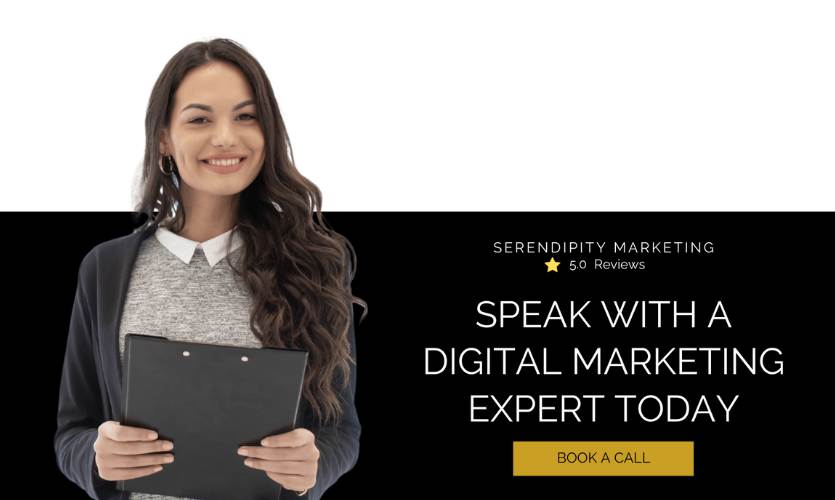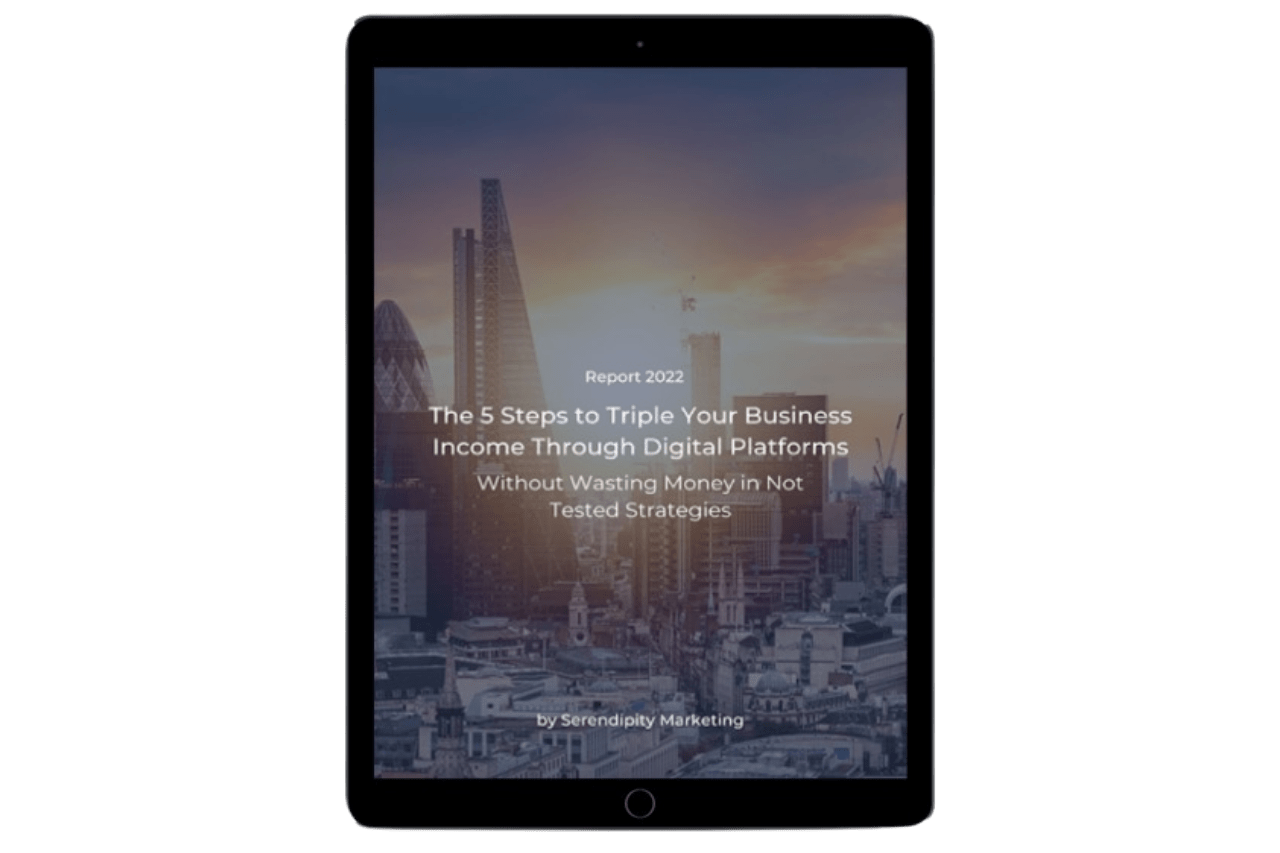Social media marketing is just as it sounds like: a digital marketing strategy that utilises social media networks like Facebook, Instagram, LinkedIn, and others to increase access to your product or service.
This method of messaging has been around for a long time, but many companies are still hesitant to use it for one simple reason: they don’t know how to incorporate it into their social media conversion funnel.
What are marketing funnels for social media?
To give you a better social media funnel definition, a social media marketing funnel, like a conventional marketing funnel, depicts the steps a company’s prospects take to become consumers.
The distinction is that social media is also a part of the equation. Consider the sales funnel to be a consumer experience that begins on social media.
The social media marketing funnel, like a real-life funnel, is larger at the top and gets narrower (with fewer prospects) as people go down the measures.
There is a lot of debate about what a funnel should look like and funnels can and should be tailored by different businesses and promotions. The social media marketing funnel is usually divided into four stages:
- Awareness: to outreach your audience and let them know your brand.
- Interest: to drive your audience to your page to know more about your brand.
- Engagement: to drive your audience to feel part of your community and trust your brand.
- Action: to drive your audience to take action and whether contact you or purchase your offer.
Social media counts 2 billion users worldwide and represents an incredibly valuable tool for high brand awareness and conversions.
The key point is exactly having a functioning funnel implemented in your social media marketing that allows you to target the right audience with valuable content and drive them to convert.
I know, this might sound a bit overwhelming, but here is the good news. The larger part of the funnel can be automatized.
Why you need a funnel
It’s simple to create a series of campaigns to help you reach the ultimate conversion or purchasing target.
The approach simplifies reporting and gives you a straightforward picture of which campaigns are working and which need to be tweaked.
A funnel will help you adjust your course when success continues to slow, there isn’t enough evidence to make an educated decision, or your coveted retargeting audience starts to outpace your organic traffic.
A funnel’s main aim is to feed your preferred retargeting viewers while weeding out those that are unwilling to convert. Spending money on clicks from people that don’t know who you are, don’t trust your website, or have no intention of buying your product or service doesn’t help you expand.
Although increasing social media spend solely for lower-funnel conversion strategies is a no-brainer, you must still think carefully and lead prospects through a sequence of measures to get them to take the acts you want.
A successful marketing funnel would cultivate prospects with appropriate messages at each point, resulting in incremental success, increased brand loyalty, and reduced ad waste.
How to build a Social Media Funnel Marketing
Setting up a funnel for your social media platforms is important for long-term success.
Understanding the direction that the users take at and stage of the consumer experience, from the moment they become aware of your brand to their first transaction to their transformation into a repeat and faithful client, is crucial for advertisers.
We’ll go into why you should create a funnel, what to think about when doing so, and how to monitor the funnel’s progress in this post. The goals listed would be Facebook-specific, but this model can and should be used on any social media platform that allows for retargeting.
How does a social media engagement funnel fit into a traditional marketing funnel?
While it might seem that social media is most effective at the top of the funnel (TOFU), driving prospects into the funnel, its true strength is understood as it is used in the funnel.
Additionally, using social media in a variety of areas at various times can increase the likelihood of turning anyone into a client.
Just bear in mind, when planning a social media funnel and its content, it’s important you make your ideal customers at the centre of the process.
People will follow you for a specific reason. People will interact with you for a specific reason. People will trust your business and purchase for a specific reason.
What is this reason?
Why should your audience select you and not your competition?
You have to give them this reason and create valuable content for each stage of your funnel around that.
Leverage their driving emotions to make the right emotional impact for them to take the desired action at each stage of the digital funnel.
This is how you make your funnel more personal and empathic, despite being digital.
This is how you make your funnel high engaging and converting.
So, here’s how a social media marketing funnel’s four stages could look:

Awareness: The prospect is aware of their own issue or obstacle, and they are made aware of your approach by written material, advertisement, or outreach, among other methods.
Interest: Prospects may show their interest in a number of ways:
- To visit your website, click on a page.
- Click on a link to one of your blog’s posts.
- Send you a direct message, retweet or like your content, or share it with others.
- In a social media message, click a lead magnet connection.
- Enter a contest and your name will be added to a draw.
Engagement: This is a key stage in the marketing funnel, and it’s always where people fall short. You must ensure that you engage with your opportunities and that they engage with you. The following are few examples of traditional engagement activities:
- Messages sent directly via social media networks.
- Likes and/or content sharing
- Comments or mentions in blogs
- Add to a list or a group, and communicate using these methods
- If they’ve sent you their email address, you can send them personalized and tailored emails about the solutions your product or service can provide.
- Demos and Webinars
Action: Conversion: They become a client as a result of the action. You need to keep in touch with them to have satisfaction after they’ve purchased the product or service. Here’s how to do it:
- Drip campaigns/email campaign
- Share interesting articles for them on social media.
- Create a Facebook Group or LinkedIn Group for the participants to receive additional details.
- Make a place for them to be a spokesperson for the goods or services by creating a channel for them to do so.
Serendipity Marketing has been listed among the Top Social Media Agencies in 2021 by DesignRush Marketplace.
DesignRush is a valuable online guide committed to helping brands find the best solutions for their needs. We are honoured for this recognition from such a reliable platform as it represents our value and excellence.


